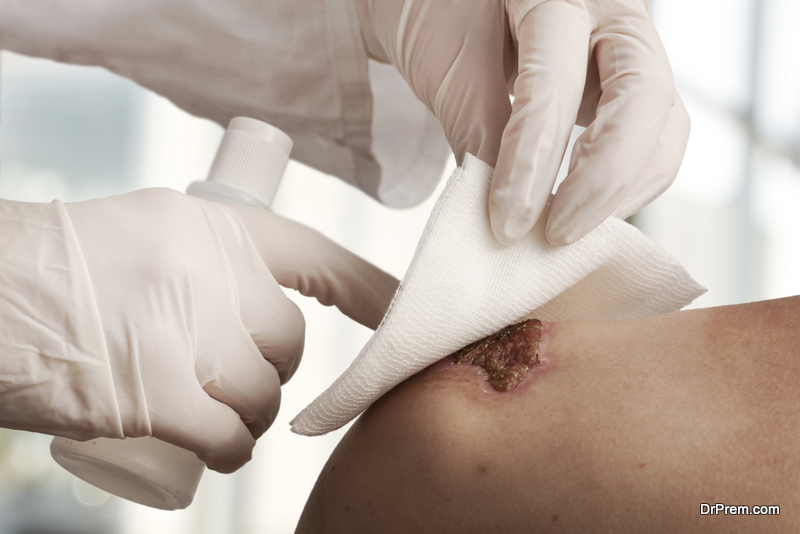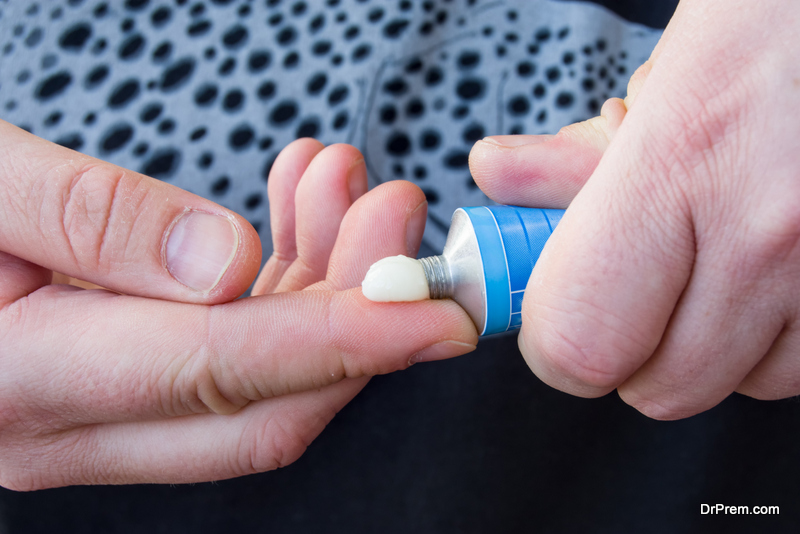Whether you live alone or have a family and kids, every home and car should have a first aid kit. If you have a minor injury, it means you have everything you need to easily treat it, and if it’s something more serious, you can give yourself or others first aid until you can get professional medical help. Here are some things that every home first aid kit should contain.
1. Dressings
 From minor cuts and scrapes to small burns or scalds, there are a lot of ways you can injure yourself at home. That’s why you should keep a supply of gauze pads, in different sizes if possible, as they’re ideal for covering any injury-prone to infection. Gauze pads are multi-purpose, they are also good for cleaning wounds or applying ointments, so make sure you stock up.
From minor cuts and scrapes to small burns or scalds, there are a lot of ways you can injure yourself at home. That’s why you should keep a supply of gauze pads, in different sizes if possible, as they’re ideal for covering any injury-prone to infection. Gauze pads are multi-purpose, they are also good for cleaning wounds or applying ointments, so make sure you stock up.
You may also want to keep some larger dressings nearby, especially self-adhesive ones, as they’re easier to use. These are useful if you need to cover a larger cut or injury until you can get medical attention.
2. Splint
Splints are used in first aid when someone has a suspected broken bone, as it stops the injured body part from moving, therefore helping to prevent further damage. There are many different types of splints, and it’s worth learning how to use one, especially for finger, ankle and foot injuries, as these are common around the home.
3. Hygiene supplies
 When it comes to giving first aid, it’s essential to protect yourself and the injured party from infection. You should make sure you have supplies such as:
When it comes to giving first aid, it’s essential to protect yourself and the injured party from infection. You should make sure you have supplies such as:
- Latex or other disposable gloves
- Clean tweezers and scissors
- Antibacterial hand gel
- Antibiotic ointment
- Antiseptic wipes
- Cotton balls and swabs
If anyone gets a cut or open wound, you can, therefore, keep the area as clean as possible, then either wait for it to heal or get further medical attention.
4. An eyewash and shield
Around half of the 2.5 million eye injuries suffered by Americans each year happen in the home. Whether its dust getting into the eye, or being hit by an object, eye injuries can be extremely painful and can lead to permanent sight issues. That’s why swift first aid is needed so that damage can be prevented.
Having an eyewash available is a good idea, so if any foreign objects or chemicals get into the eye, they can quickly be rinsed out. You should also ensure you have an eye dressing available, as this will help if any injuries are sustained until you can see a doctor.
While the list above isn’t exhaustive, these are essential basics to have in your first aid kit. If you don’t want to buy things individually, consider buying a home first aid kit that’s already stocked, but make sure you regularly check the use-by dates on products and replenish items as you use them. You should also consider taking a first aid course, so you can keep your loved ones safe in case of an emergency.
Article Submitted By Community Writer




